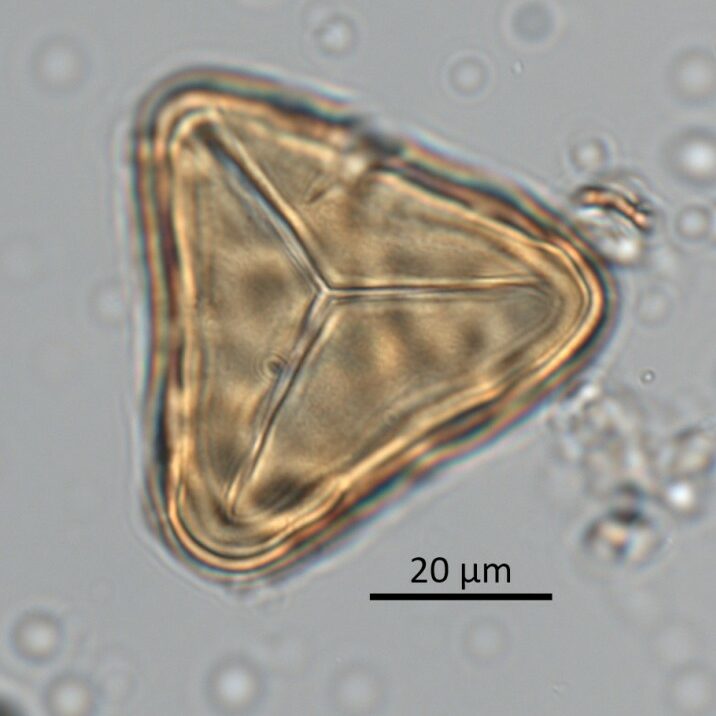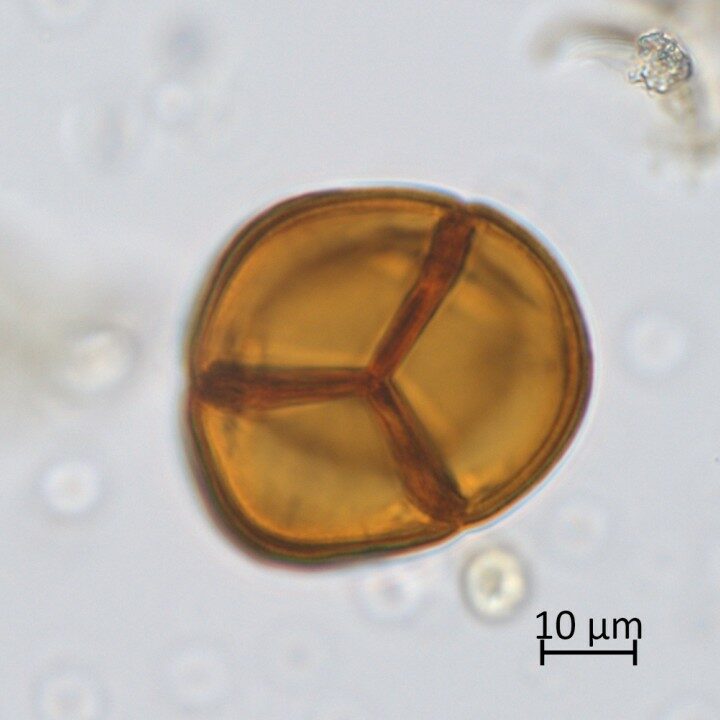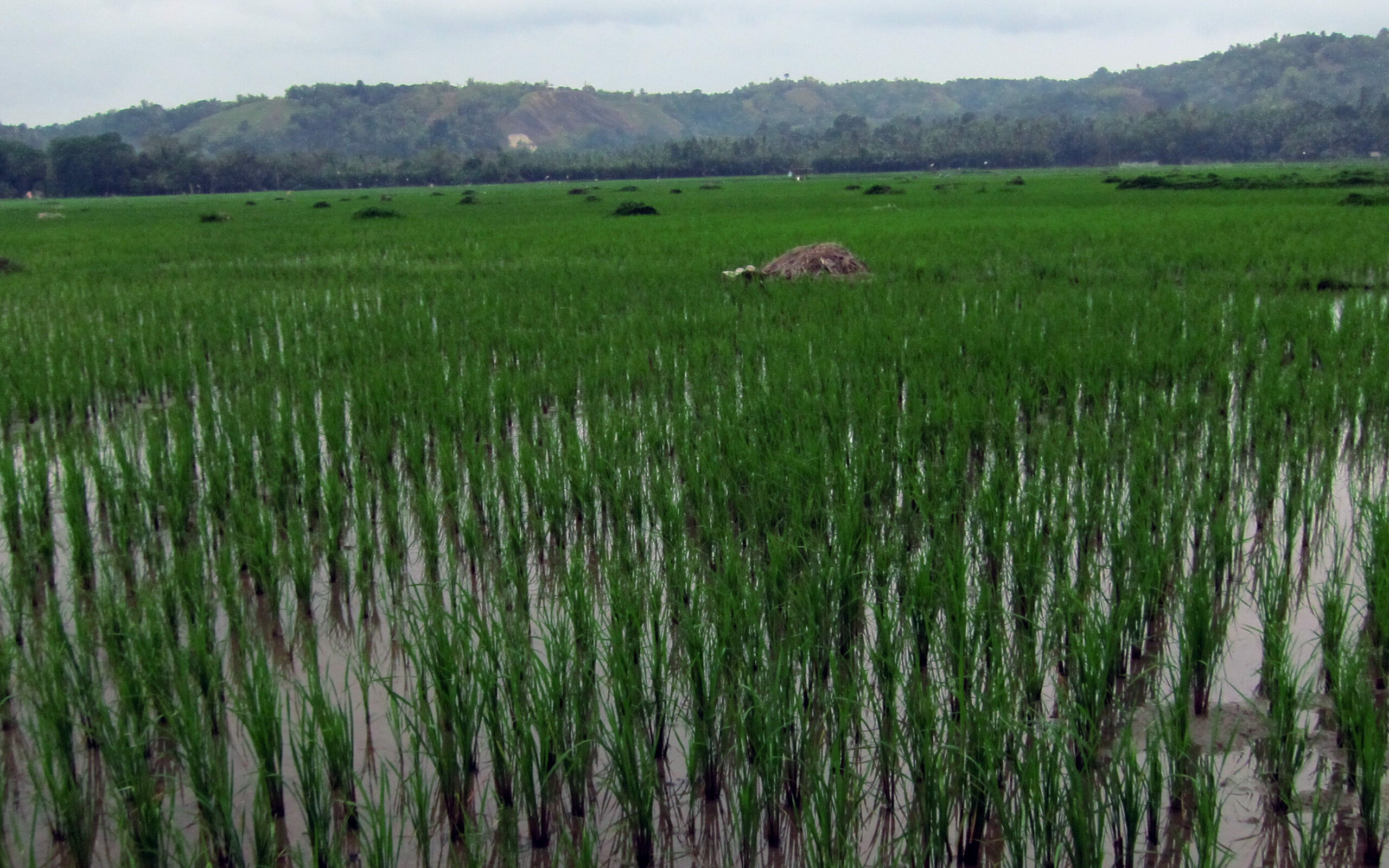New research led by scientists at the Max Planck Institute for the Science of Human History shows that the spread of European diseases and abandonment of Indigenous cultivation following Iberian invasion of the tropics did not lead to widespread tropical forest regrowth in the Americas and Asia-Pacific, as is commonly assumed.
This study looks at long-term environmental data to test the extent to which tropical forests expanded following widespread Indigenous mortality within the former Spanish Empire after European contact in the 15th and 16th centuries.
By analysing microscopic pollen grains, fern spores and charcoal fragments preserved in lake sediments, scientists are able reconstruct changes in human-environment interactions before and after colonisation.



It is well documented that the arrival of Europeans to the Americas resulted in the spread of novel diseases to Indigenous populations, many of whom were practicing sedentary agriculture. This may have wiped out up to 90 per cent of the pre-colonial population, making it one of the greatest epidemiological disasters ever known.
The impact of this so-called “Great Dying” on tropical landscapes that had, by this point, been managed by people for millennia, is less clear. It is widely held that the drastic reduction in Indigenous populations and abrupt termination of land cultivation led to widespread forest regrowth in the Americas. This expansion of carbon-hungry trees is hypothesised to have been so dramatic that it caused a recognizable dip in global atmospheric CO2 levels. This dip is suggested as a potential start date for the Anthropocene epoch.

The new study, comprised of a research team of palaeoecologists, archaeologists and historians, set out to empirically test the links between colonization and forest regrowth using long-term records of tropical vegetation change from across the American and Asian-Pacific domain of the Spanish Empire. Their results reveal a complex picture of post-colonial human-environment interactions.
Though the authors were expecting a signal of forest regrowth following known Indigenous population decline, clear examples of this process were only seen in about one third of cases in both the Americas and in the Asia Pacific. Changes in forest cover were, in fact, diverse.
The team attributes this complexity to the variable influence of climate, humans and geography across space and through time.
In some cases, it is also clear that the imposition of European land-use policies, including consolidated settlement and population relocation, plantations and ranching, led to a lack of forest re-growth, or even deforestation.
Future studies exploring the impact of European colonialism on tropical landscapes need to develop detailed archaeological, historical and palaeoecological insights into how different parts of the tropics and their populations resisted, shaped and were impacted by processes of colonialism from the 15th century onwards.
As the project co-lead Dr. Patrick Roberts puts it, “treating the Anthropocene solely as a recent, single ‘spike’ can have the outcome of suggesting that it is the logical product of all humanity.” In fact, he argues, the work of the team and others in the tropics make it clear “that the Anthropocene is a long-term, varied and unequal process in the tropics – something that needs to be highlighted to develop more just, sustainable approaches to these crucial landscapes moving forward.”
The authors’ work has ramifications for the future conservation of tropical ecosystems, which requires a careful consideration of historic land-use, population dynamics, geography, ecology and climate. The study is published in Nature Ecology and Evolution.
